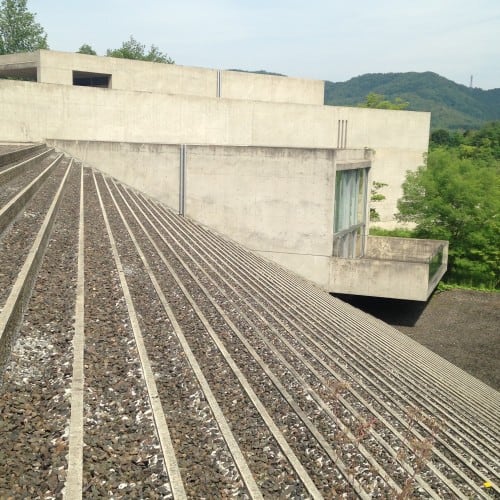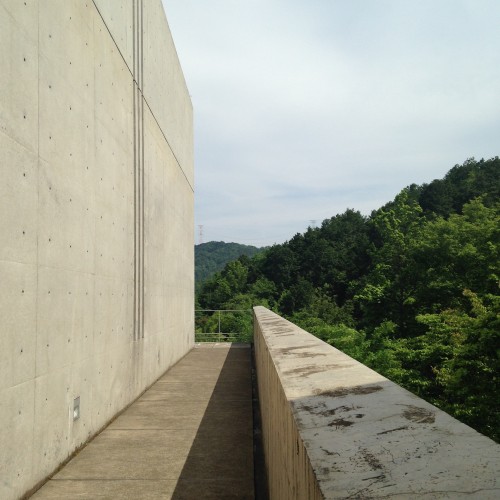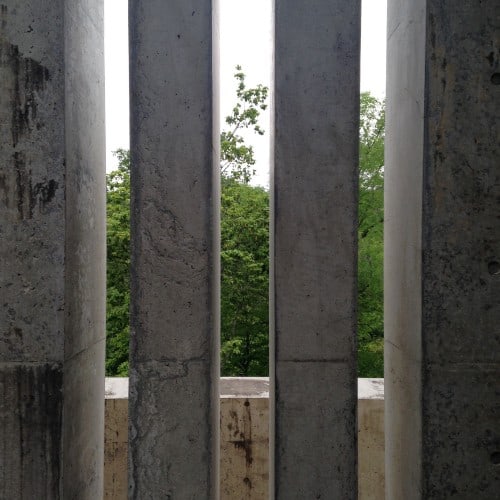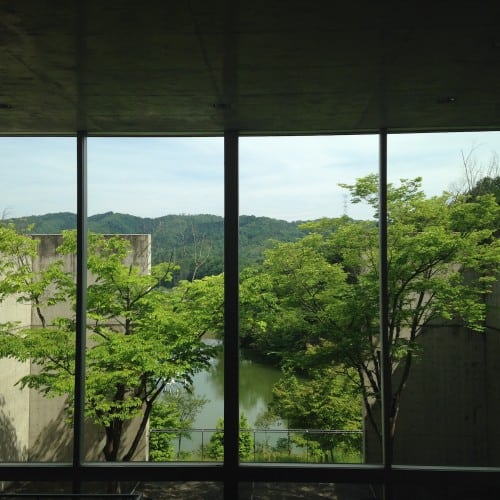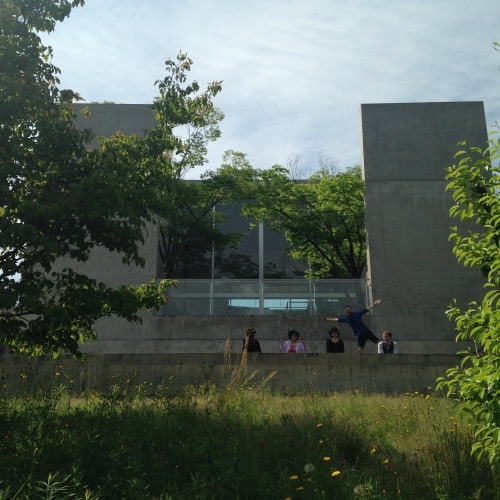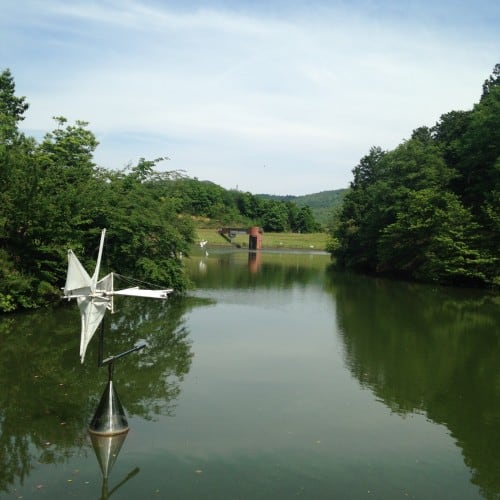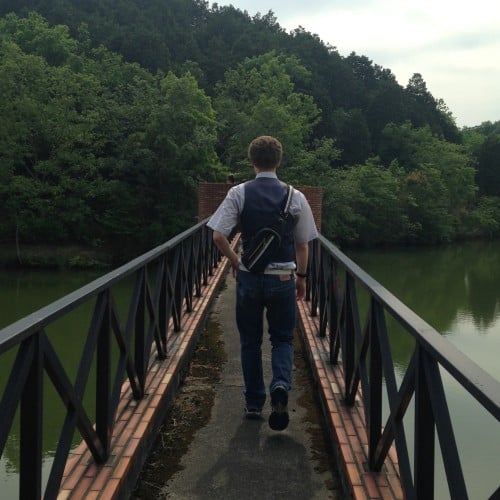Many visitors come to Japan with one thing in mind – architecture. Japanese architects are famous throughout the world for their ambitious experimentation and ability to blend opposing aesthetics seamlessly. They are also renowned for being incredibly contemporary, whilst at the same time honoring centuries of cultural traditions and maintaining breathtaking minimalism. Over the years, these talented architects have won six Pritzker Architecture Prizes, and one of these prize-winning architects may be a name you already know – Tadao Ando.
Who is Tadao Ando?
Tadao Ando is a self-taught Japanese architect from Osaka. Being raised in Japan, it is said that his architectural style is influenced by the way Japanese religion affects the every day lifestyle. His work is said to create a “haiku” effect, bringing attention to negative space to show viewers the beauty of simplicity.
Where Can Tadao’s Work Be Found?
As you might expect, most of Tadao’s designs are in Japan. However, he also was work in other parts of Asia, the Americas and Europe. Perhaps you have already heard of the famous Church of Light (Ibaraki, Osaka), the UNESCO Meditation Space (Paris, France) or the Expo 92 Japanese Pavillion (Seville, Spain). I have been a fan of Ando’s work for a few years now, and I was delighted and honored to discover that my tiny countryside town of Ayabe, Kyoto-fu, just so happened to be home to one of his building designs. I immediately set out to see it for myself and I was not disappointed. The Ayabe Community Center is a beautiful, sculpturesque structure and a must-see for any architecture lovers in Northern Kyoto.
Exploring the Ayabe Community Center
As in his other designs, the community center harmoniously integrates structure and environment, blending interior and exterior together by not differentiating his materials. He uses his signature cement material for construction, making the building seem light, airy and clean – despite cement’s weight. The organization of the space creates a calming aesthetic for viewers, a perfect place for community gatherings, picnics and presentations to take place.
The building was completed in 1995, the same year Ando won the Pritzker Award. It showcases the clean lines, use of asymmetry, and contrast between light and darkness. The interior is naturally cool, even during the summer. The southeastern side of the building has floor-to-ceiling windows reminiscent of contemporary museum spaces such as the Mori Museum in Tokyo or the Lousiana Museum in Denmark. People inside the building can still feel connected to nature because of the size of the windows and their ability to capture so much of the landscape outside. I felt as though I was viewing a painting; water, foliage, mountain, and sky are visible to all from both floors inside the Community Center.
The space was built for the community in Ayabe, a rural town in the Northern Kyoto Prefecture. It was built with the purpose of exchange between community members and recreational activities. From time to time, artists also use the space as a gallery to show work. In consideration of the natural environment, the building was designed to be embedded into the slope rather than flattening the hillside to conform to a conventional building space. Thus, from the building’s terraces and plaza you can enjoy a nice natural view of the undisturbed countryside.
In interviews, Ando has stated that his buildings are designed to “provide sanctuary from the clamors of daily life.” I do believe that his incorporation of nature into the space, as well as the minimal style of the building makes it feel unobtrusive, almost as though it has been there through the ages. On a quiet summer day, it was the perfect place for my friends and me to enjoy each other’s company away from the bustle of our working lives.
What Else is Around the Community Center?
After you’re done viewing the building itself, you can enjoy the grounds. The building is located in the Ayabe Kōgyōdanchi Kōryū, or Industrial Park Plaza, where you can enjoy lovely walking paths around enjoy the serene pond and greenery. Artist Susumu Shingu has permanent open-air sculptures in the water designed after constellations, which add a futuristic feel to the environment.
Although it may not be his largest or most famous work, the Ayabe Community Center still does not disappoint. It brings beauty and joy to the Ayabe community and they are honored to be looking after the creation of one of Japan’s most celebrated architects. For more information about Ayabe, please visit the city’s website here. Please enjoy!
Access
The community center is most easily reached by car. But is also a 20 minute walk from Fuchigaki Station(淵垣駅) on the JR Higashi Maizuru line, and a 12 minute walk from the Okayasu (岡安) bus stop on the Nishihatta line towards Undokoenmae (運動公園前行).
[cft format=0]



